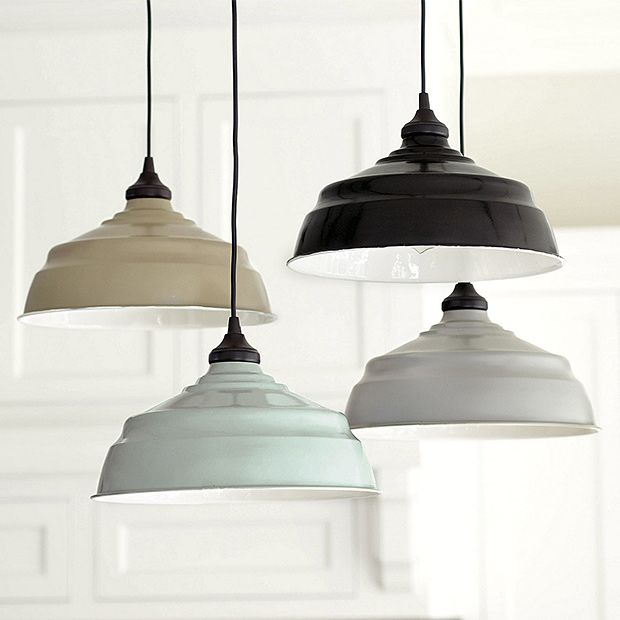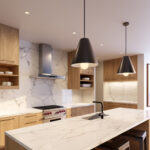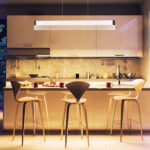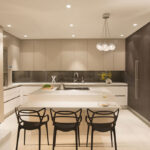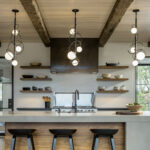When it comes to designing a kitchen, one of the most important elements to consider is lighting. Proper lighting not only enhances the overall aesthetic of the space but also plays a crucial role in functionality and safety. In this article, we will discuss the different types of kitchen lighting options available and how to effectively implement them in your own kitchen.
There are three main types of kitchen lighting: ambient, task, and accent lighting. Ambient lighting provides overall illumination for the entire space and is usually achieved through ceiling-mounted fixtures such as recessed lights, track lighting, or chandeliers. Task lighting, on the other hand, focuses on specific work areas such as the countertops, stove, and sink. This type of lighting is essential for performing tasks such as chopping vegetables, reading recipes, and washing dishes. Task lighting can be achieved through under-cabinet lighting, pendant lights, or strip lights. Lastly, accent lighting is used to highlight certain architectural features, decorative elements, or artwork within the kitchen. This can be achieved through the use of wall sconces, spotlights, or even LED tape lights.
When planning your kitchen lighting design, it is important to consider the layout of your space and the specific needs of each area. For example, if you have a kitchen island, pendant lights can be a great way to provide both ambient and task lighting for this area. Under-cabinet lighting is a popular choice for illuminating countertops and making food preparation easier. Recessed lights can provide overall illumination without taking up valuable space in the kitchen. It is also important to consider the color temperature of the bulbs you use. Warm white light (around 2700-3000 Kelvin) is typically more flattering and inviting, while cool white light (around 3500-4100 Kelvin) is better for task lighting.
In addition to considering the type and placement of lighting fixtures, it is also important to think about the control options available. Dimmer switches can be a great way to adjust the intensity of the light in different situations, such as during meal preparation, entertaining, or late-night snacking. Smart lighting systems, such as those that can be controlled with a smartphone or voice commands, are also becoming increasingly popular for their convenience and energy-saving capabilities.
In conclusion, kitchen lighting plays a vital role in the overall design and functionality of the space. By incorporating a combination of ambient, task, and accent lighting, you can create a well-lit and visually appealing kitchen that is both practical and aesthetically pleasing. With the plethora of lighting options available today, it is easier than ever to customize your kitchen lighting to suit your specific needs and style preferences.
 Decorationg Interior Design
Decorationg Interior Design
